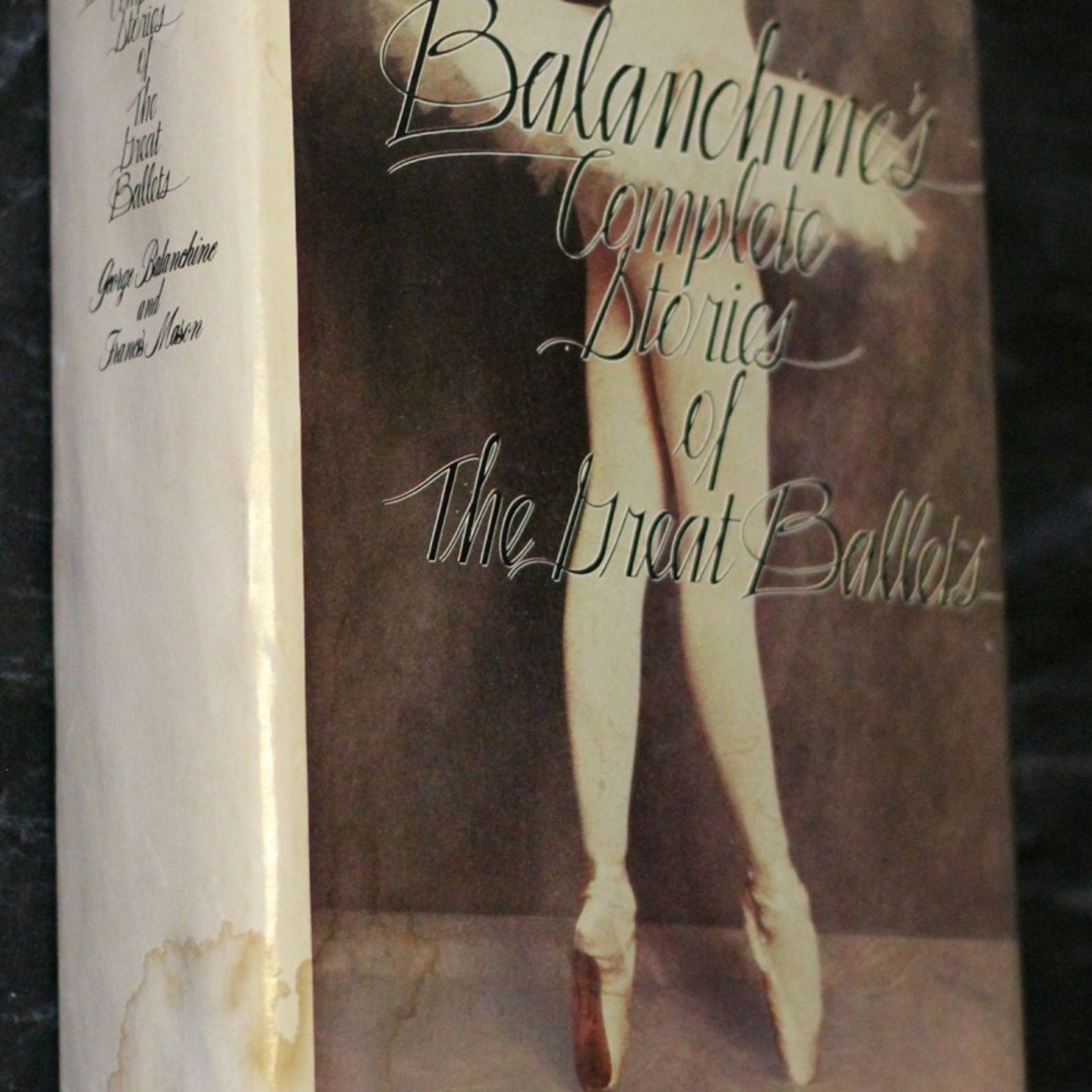George Balanchine Bücher
George Balanchine zählte zu den bedeutendsten Choreographen des 20. Jahrhunderts und war ein Pionier des modernen Balletts. Seine Arbeit basierte auf einem tiefen Verständnis klassischer Formen und Techniken, die er innovierte. Balanchine war bekannt für seine außergewöhnliche Musikalität; er illustrierte Musik nicht im Tanz, sondern der Tanz wurde zu ihrem direkten Ausdruck. Er arbeitete eng mit seinem Zeitgenossen Igor Strawinsky zusammen und schuf so eine einzigartige künstlerische Synthese.


Festival of Ballet
- 838 Seiten
- 30 Lesestunden
This book attempts to tell the stories of ballets of lasting importance in the history of the art and to provide a record of significant new work performed in the past twenty-five years - ballets that are still part of the contemporary repertory or ballets that made an enduring impression at the time. Ballets of lasting importance - and by that we mean ambition fulfilled - ballets like La Sylphide, Giselle, and Swan Lake, have held the stage for more than a hundred years; La Fille Mal Gardée for almost two hundred. The new ballets that we see nowadays with increasingly frequency all aspire to the same longevity. While few succeed, many remain in the active repertory longer than is imagined. A great number, like Petrouhka, come and go; others disappear entirely. (That has happened, naturally, to some of my own ballets; there is no point in insisting on keeping what doesn't work; there is also no point in reviving what cannot be properly recalled.) The new pieces of the modern repertory, and now fortunately there are many of them every year produced by the growing number of ballet companies, are all candidates for lasting value and inclusion in the quasi-permanent repertory. Hopefully, many described in this book will last.